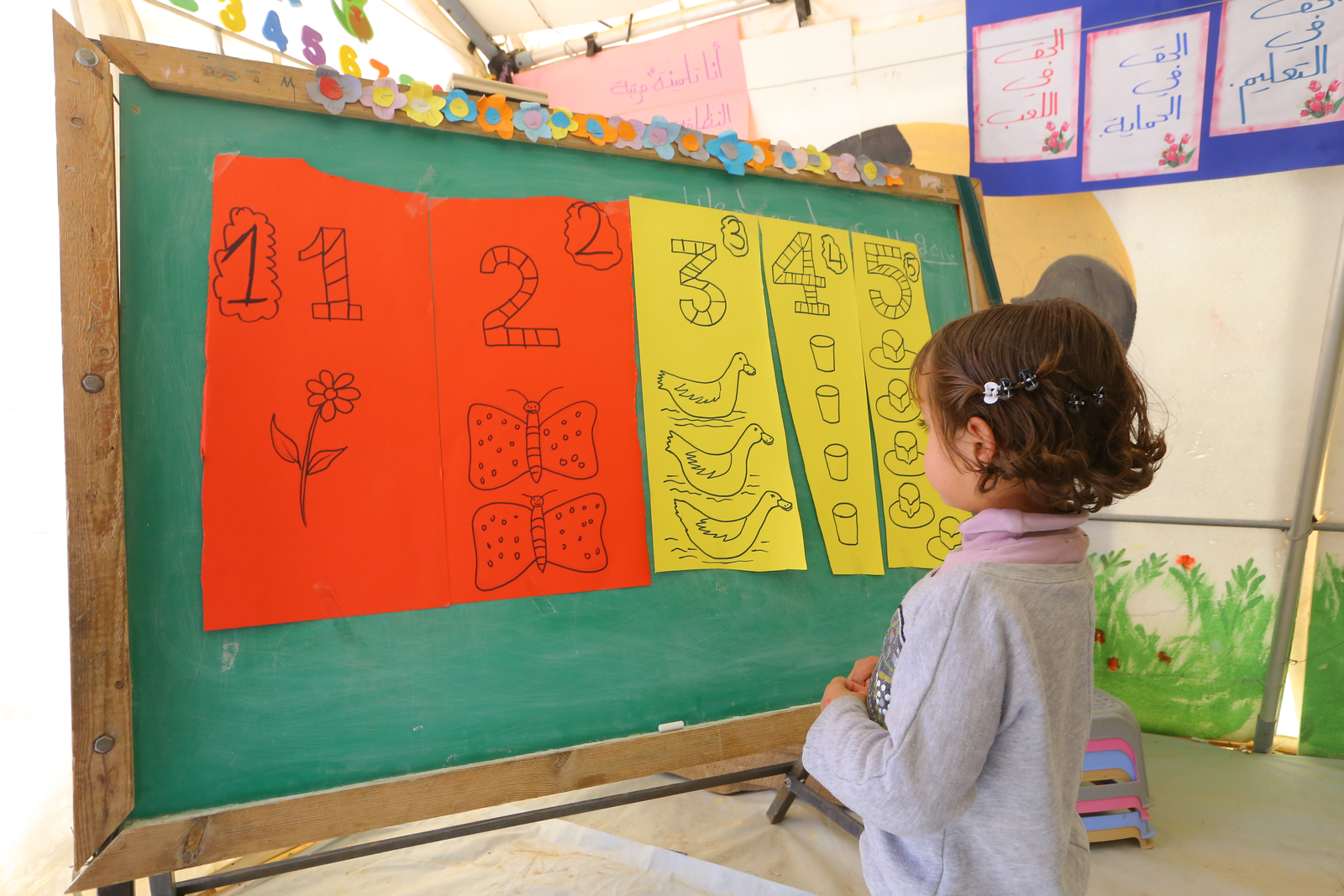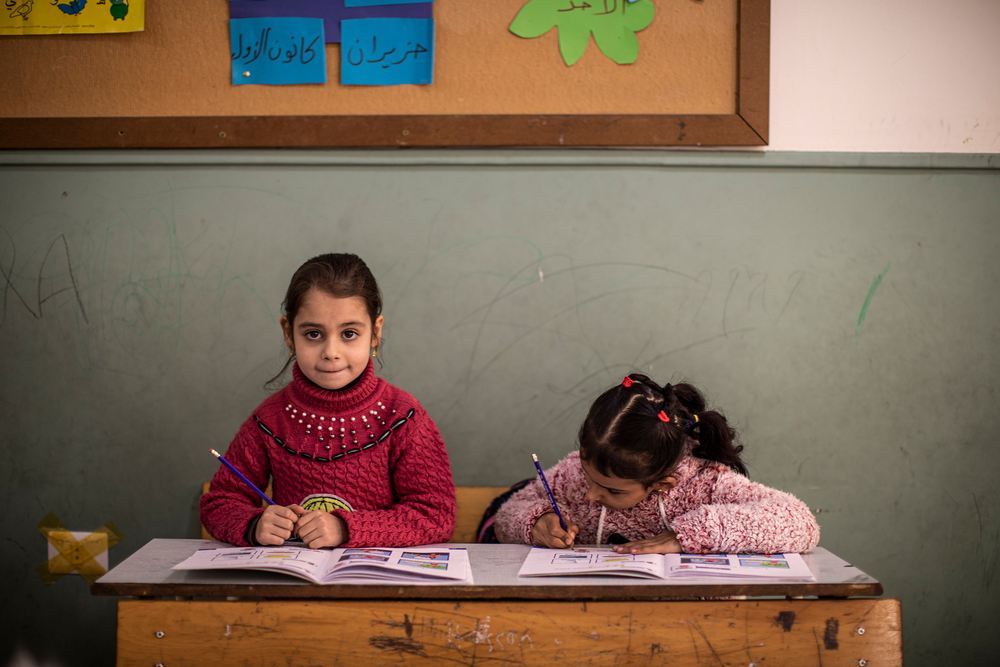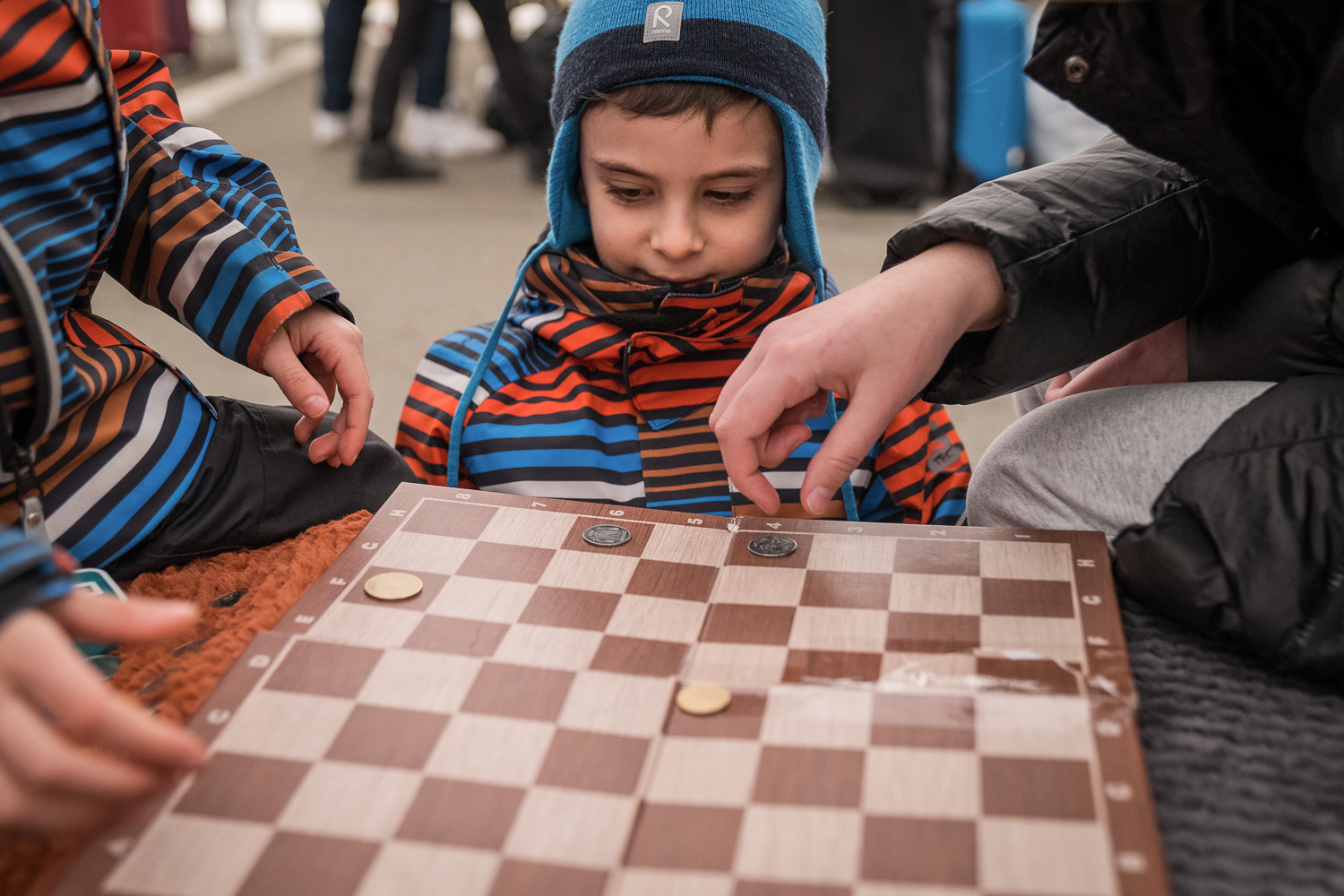
Nepal continues to rebuild its schools two years after the deadly earthquakes
Child labour, Child trafficking, Education in emergencies
Almost one million children were out of school in the immediate aftermath - about 1600 schools have been repaired but thousands of students are still in temporary classrooms.
“Things have stabilised – but it has left a scar on every child,” says Sanjana Shrestha of Save the Children Nepal.
Two years on from the natural disaster that devastated the country and killed almost 9000 people, Nepal is slowly rebuilding and many children have returned to school.
A massive earthquake of 7.8 magnitude shook the nation on April 25, 2015 and destroyed or damaged more than 8500 schools and 30,000 classrooms.
It was followed by a major aftershock on May 12. As a result, almost one million children were out of school in the immediate aftermath.
In the worst-hit areas, 90% of schools were destroyed, with hundreds of temporary learning centres set up in the weeks after the disaster.
At the time, there was concern for the future of millions of traumatised Nepalese children and fears that, if they didn’t return to school quickly, they could become victims of child marriage, trafficking and child labour.
Around 1600 schools have been repaired over the past two years. About 1000 of those have been rebuilt by the government while another 600 with the help of NGOs.
Save the Children is among a number of charities who have been working in Nepal to rebuild schools and get children back into education.
The organisation’s initial role was to respond to the immediate needs of people. But two years on its focus is on reconstruction.
Shrestha of Save The Children Nepal said: “Right now we are in the process of building schools, health centres, or health posts, to help stabilise the situation. People are a little bit more optimistic because things are starting to move with the reconstruction process.
“Compared to one year ago, things are more stable so there is a degree of optimism, although many people are still living in temporary shelters.”
Save the Children is currently building 23 schools with 174 classrooms, in addition to having set up temporary learning centres in the aftermath of the earthquake.
Children started to go back to school around 45 days after the quake, Shrestha said, adding they have been learning in makeshift schools or temporary learning centres (TLCs) under tarpaulins erected with bamboo.
“We have improved these TLCs and made them sturdier. They now have a lifespan of three to four years,” he said.
“Education has not stopped after the quake. It did stop for around one month and a half but right now – despite all the challenges – children are going to school. The physical infrastructure that is needed, is in the process of being built – but education has not stopped.”
He added that the psychological impact of the earthquake on children has been huge.
“In the first three to six months children were very traumatised. There was fear. They had experienced this devastating quake which had shook their lives. Children lost homes, relatives, people they knew in their village or surrounding villages,” Shrestha said.
“We also had tremors that went on for six months after the quake, so there was this constant fear of the aftershocks that were coming. Children thought the tremors were going to be similar to the first quake.
“So, there was this constant fear. But as the aftershocks started to reduce the fear gradually subsided – not just with children but also with adults.
“Today, children still have a degree of fear… it hasn’t completely gone… when they hear a loud bang or if they feel there’s shake… there’s still a fear. But it’s not as bad as it was over the first six months.”
Save the Children initially worked in the seven districts of Nepal most badly affected by the earthquake but it is now focused on five districts where 23 schools are being built – seven in Gorkha district, two in Rasuwa (construction completed), five in Sindhupalchowk, six in Dolakha and three in Kavre.
The main challenge now for the charity is to speed up the construction of permanent schools and have the 23 schools completed by the end of September.
The charity Plan Internationalhas also been helping children get back to school. After the quake, the NGO helped more than 24,000 children return to education by building 326 temporary schools.
Since then, Plan International has built 12 new schools, with an additional 10 underway. These schools support children with disabilities and are purpose-built to withstand future disasters.
In case there is another earthquake, we will have somewhere safe to go, so that all of the students can remain together. Manju, a 14-year-old schoolgirl from Dolakha district.
The 22 new schools will enable another 5140 children to continue their education in a safe and permanent environment.
“Our new school will have a computer lab, library and will support children with disabilities,” Manju, a 14-year-old girl from Dolakha district.
“The school is also bigger with more outside space. In case there is another earthquake, we will have somewhere safe to go, so that all of the students can remain together.”
Over the past two years, Plan International Nepal has raised $30 million to help 293,365 people – including 120,279 children – impacted by the 2015 disaster.
“There is still so much more work to do for the children of Nepal. We urge governments and donors to prioritise the education and protection needs of children, so that they can study in safe and earthquake-proof classrooms,” said Sven Coppens, Country Director for Plan International.
The charity has been working with the Nepalese government to help mitigate future risks and to help communities make Nepal “disaster-proof”.
“There is still so much more work to do for the children of Nepal. We urge governments and donors to prioritise the education and protection needs of children, so that they can study in safe and earthquake-proof classrooms,” said Sven Coppens, Country Director for Plan International.
The charity has been working with the Nepalese government to help mitigate future risks and to help communities make Nepal “disaster-proof”.
Coppens added that building schools is not just about providing permanent structures, it’s about building an “overall culture of safety and preparedness, and ensuring community ownership of these schools”.
“We cannot prevent natural disasters, but we can try to mitigate risk as much as possible,” he said, adding that Plan International is also focusing on influencing government policy.
This included the development of a safe schools’ policy, which is currently under review by the Ministry of Education.
“We hope this will become part of a nationwide school curriculum,” Coppens said.

Another major consequence of the earthquake is that there has been an increase in child labour, child trafficking and the sexual abuse of young girls.
Coppens said: “We’ve seen an increase in child labour. We definitely have information of an increase in child trafficking and also the sexual abuse and harassment of younger girls.
“We don’t have the data, they are incidental. Early marriage was already an issue but there’s an indication through witnesses, rather than hard data, that girls have been marrying younger.”
Plan International’s response has been to set up safe spaces, particularly for young girls in the affected areas. These are spaces where children can share information with each other to protect themselves.
Coppens said: “There has been a whole lot of awareness building, and peer to peer support to protect each other from potential hazards – child protection. These issues were already there in Nepal but they’ve been exacerbated by the earthquake.”
More news

Theirworld’s mission to give children in crises a safe place to learn
